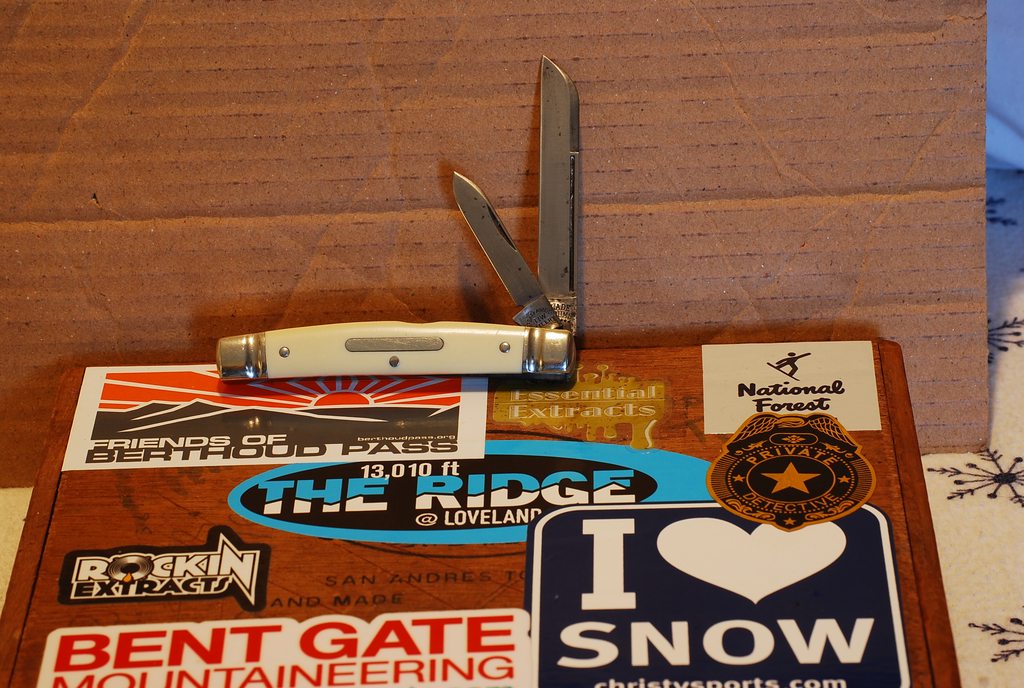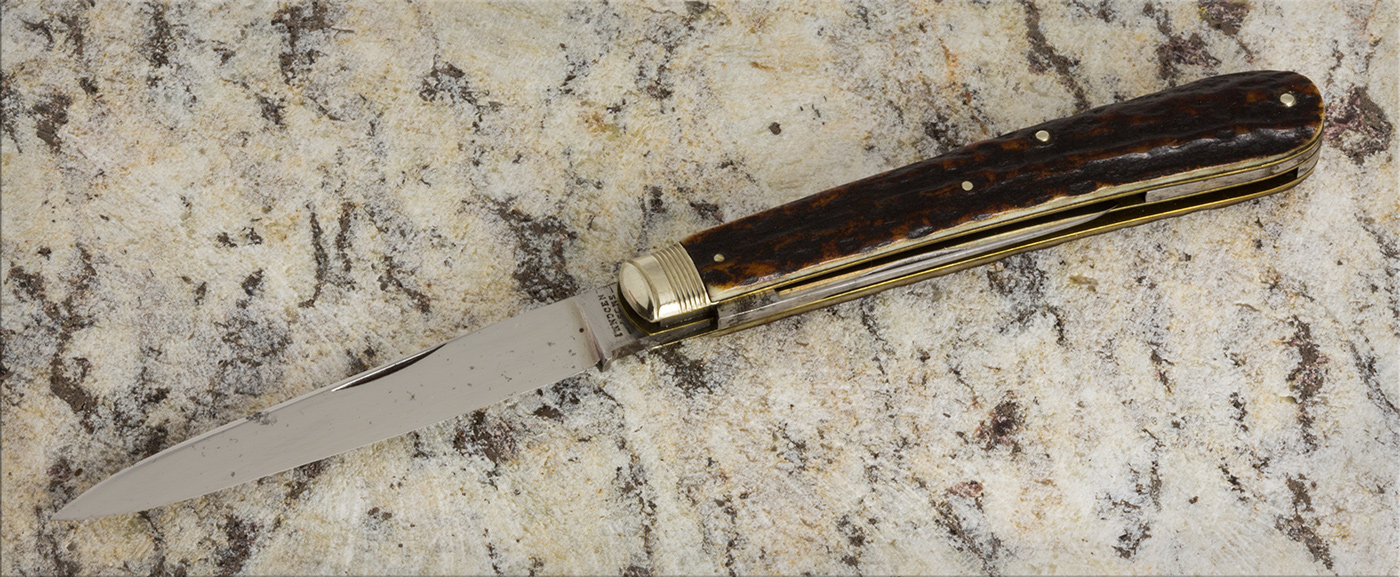AlwaysTomboy
Gold Member
- Joined
- Jan 31, 2016
- Messages
- 748
Ooo, I know this! I was trying to explain different traditional knife patterns to a curious friend and ended up referring to Levine's Guide when he asked what the origin was of the term "jack knife". I didn't know the answer, but Levine's guide posits several theories. Page 173 of the 4th edition is where jack knife is defined. I don't know if I can post a scan of the entire page, but, in short, a big knife with a big blade on each end is a double end jack and a small knife with little blades on each end is a pen knife. A big knife with a single blade is still a jack knife, but a little knife with a single small blade is a quill knife. The single pivot with one big blade and one small blade is just a regular ol' jack knife.
*waits to see if I'm wrong and have to stay after school to study more*
*waits to see if I'm wrong and have to stay after school to study more*












